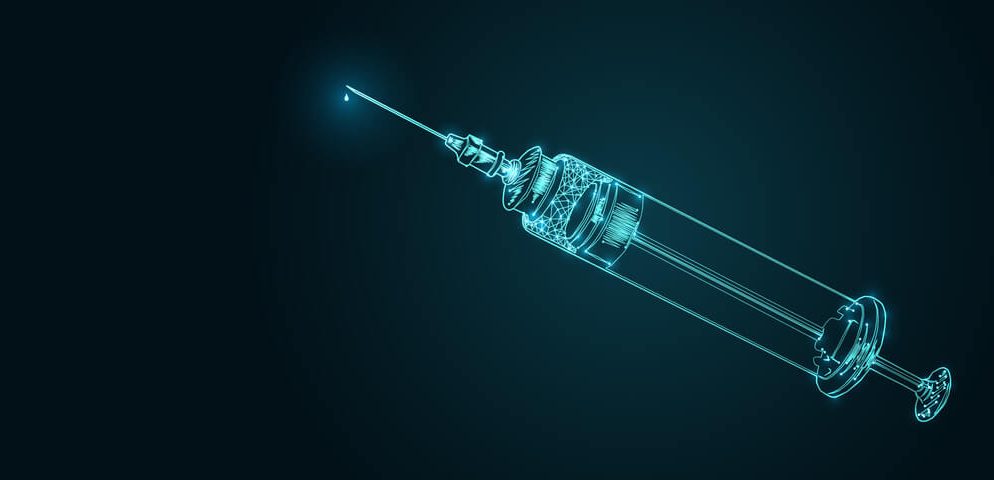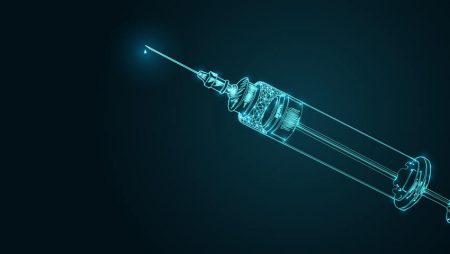



Get new exclusive access to healthcare business reports & breaking news




In response to relentless pressure from diabetes advocates and impending federal legislation limiting Medicare copayments for insulin, Big Pharma has pledged to slice the list prices of major insulin products.
The move could not only alleviate the financial burden for millions of U.S. citizens living with diabetes, but the largest insulin manufacturers — Sanofi, Novo Nordisk, and Eli Lily — are also poised to cut costs by reducing how much they would have to rebate Medicaid.
On March 1, Eli Lilly and Co announced a significant reduction in list prices for its commonly prescribed insulin products, Humulin and Humalog. The company plans to lower the prices by 70% from the Q4 of this year, a move that may provide affordable medication to millions of Americans with diabetes.
In addition, the Indianapolis-based pharmaceutical company will make each vial of Lispro insulin injection available at $25, further expanding its insulin value program. This expansion will increase the accessibility of affordable insulin by extending the existing $35 cap on some insulins to approximately 85% of U.S. pharmacies.
The current cost of Lispro, a more affordable version of Humalog insulin, is $82.41 for vials containing 100 units/mL. In comparison, a single 10 mL vial of Humalog U-100 is priced at $274.70. However, this cost will soon drop significantly to $66.40.
Similarly, a 10 mL vial of Humulin U-100 currently costs $148.70 but will soon be priced at $44.61.
On April 1, Lilly will introduce Rezvoglar, a less expensive alternative to Sanofi’s Lantus, which pharmacists can substitute without a new prescription — a five-pack of injection pens will cost 78% less than Lantus, at $92.
In response to growing political pressure to make diabetes treatments more affordable, Novo Nordisk followed suit on March 14 by announcing that it plans to reduce the list prices for many of its insulin formulations by as much as 75% next year.
Novo’s move follows a similar announcement by Eli Lilly and Co. earlier this month; it underscores the pharmaceutical industry’s recognition of the need to make life-sustaining medications more accessible and affordable to patients.
More specifically, the Danish pharmaceutical manufacturer will make a significant reduction in the list price of three of its flagship insulin products. NovoLog insulin will see a 75% price cut, while Novolin and Levemir will be reduced by 65%.
Novo Nordisk, which currently commands a 43% share of the insulin market in Canada and the U.S., has acknowledged that the financial implications of this decision are uncertain.
The company announced it’d slash the cost of unbranded insulin formulations to correspond with the newly reduced list prices of comparable branded insulin products. The President expressed his pleasure with Novo Nordisk’s decision and encouraged other Big Pharma players to follow suit.
Sanofi pledged on March 16, 2023, that it would slash the list prices for Lantus, its most commonly-prescribed insulin product in the U.S., by 78%, with changes poised to take effect starting next year.
The French drug manufacturer added that it will cap the out-of-pocket expenses at $35 per month for Lantus users with private insurance. The decision comes off the back of the push by President Joe Biden’s administration to expand the Inflation Reduction Act’s $35 limit on out-of-pocket insulin pricing to most Americans.
The head of U.S. General Medicines at Sanofi, Olivier Bogillot said, “Sanofi believes that no one should struggle to pay for their insulin and we are proud of our continued actions to improve access and affordability for millions of patients for many years.”
“Our decision to cut the list price of our lead insulin needs to be coupled with [a] broader change to the overall system to actually drive savings for patients at the pharmacy counter,” added Bogillot.
Indeed, Sanofi announced that on top of Lantus it’ll reduce the list price for Apidra, the drugmaker’s fast-acting insulin product, by a whopping 70%.
According to the pharma company, a more affordable variant of Lantus is currently available but hasn’t gained widespread traction with insurance programs. The branded version of Lantus is listed at $292.07 for a 10 ml vial and $438.07 for pre-filled pens. Following the cuts, the list prices will reduce dramatically to $64 and $96.
Sanofi said it currently holds a 40% share of the long-acting insulin market in the U.S., with a little 4% slice of the rapid-acting segment.
Despite insulin being reasonably inexpensive to manufacture, the list prices have consistently soared over time, with the per-vial cost of Eli Lilly’s flagship product Humalog skyrocketing from $21 to $322 in just one decade from 1999 to 2019.
To paint a clearer picture, the cost of insulin in the U.S. is well over eight times that in thirty-two of the other Organization for Economic Cooperation and Development (OECD) countries combined. Yet, according to the American Diabetes Association, nearly 23% of the 37 million Americans with diabetes take insulin shots to manage their condition.
The cost pressure of insulin on people with diabetes has become so dire that some have to forfeit other financial commitments to stick to their treatment plans. In a 2017-2018 study, Yale University researchers discovered that exorbitant insulin prices forced over 14% of users to spend more than two-fifths of their household’s disposable income on insulin even with prescription coupon discounts.
According to some industry experts, the lack of competitive pricing in the U.S. insulin market could be the culprit for the scorchingly high prices. The French drugmaker Sanofi and its arch-rivals, Eli Lilly and Novo Nordisk, control practically the entire U.S. insulin supply and over 90% of the global market. All three key players in the industry have promised to cut the list prices of their insulin formulations on a rolling basis.
Most insured Americans don’t typically pay the full list price for insulin, although they may be required to pay an insurance co-pay based on the list price or up to a specified amount.
However, people without insurance coverage are often compelled to foot the total list price, which can result in patients rationing or forgoing doses due to financial constraints. To combat this issue, drug companies have established savings programs that are available outside of the purview of insurance coverage.
Some states, like Illinois, have made concerted efforts to cushion their residents, as well. Illinois Governor J.B. Pritzker recently signed a bill to protect some people with diabetes from high insulin costs. The bill, Senate Bill 667, enforces a cap on out-of-pocket insulin expenses at $100 for a 30-day supply.
By dropping list prices, the top three insulin producers, Sanofi, Novo, and Lilly, can avoid paying significant rebates to the U.S. government’s Medicaid program in 2024.
According to U.S. legislation, pharmaceutical firms must offer rebates to Medicaid if the annual price hikes of their medications exceed the rate of inflation. While the law previously limited these payments to the drug’s price, the government will eliminate this restriction in January 2024.
After the price cut, Novo, Sanofi, and Lilly will actually make money off that they’d otherwise have to rebate Medicaid Program. They have little to nothing to lose by slashing the list prices ahead of the capping of Medicare copayments.